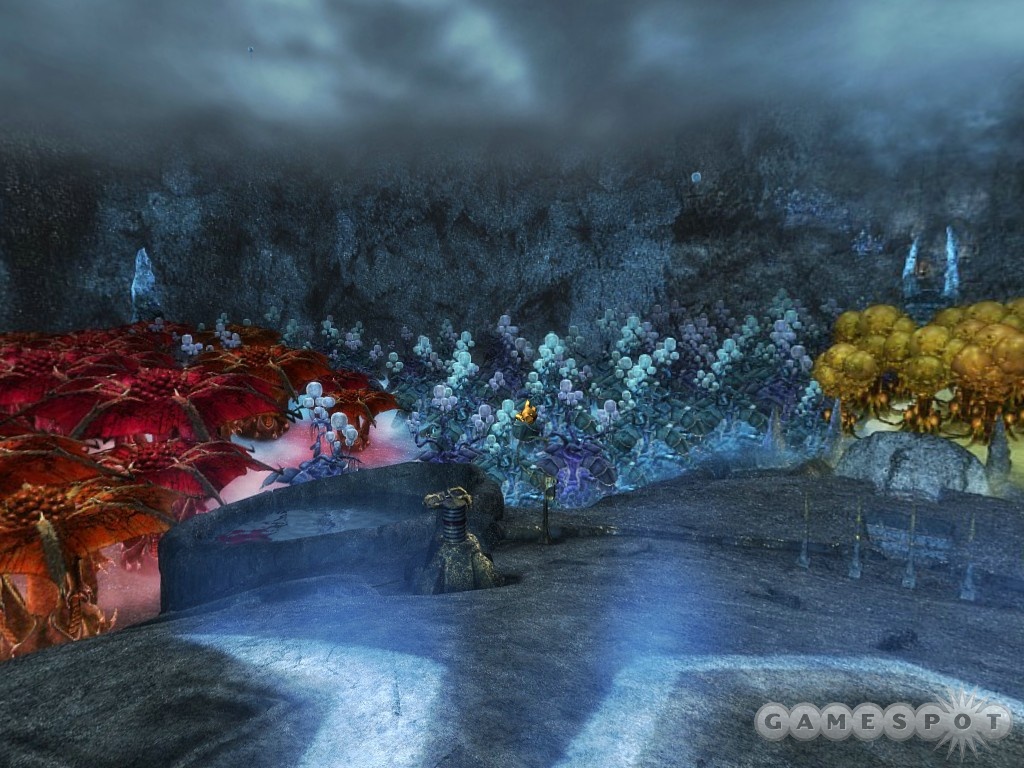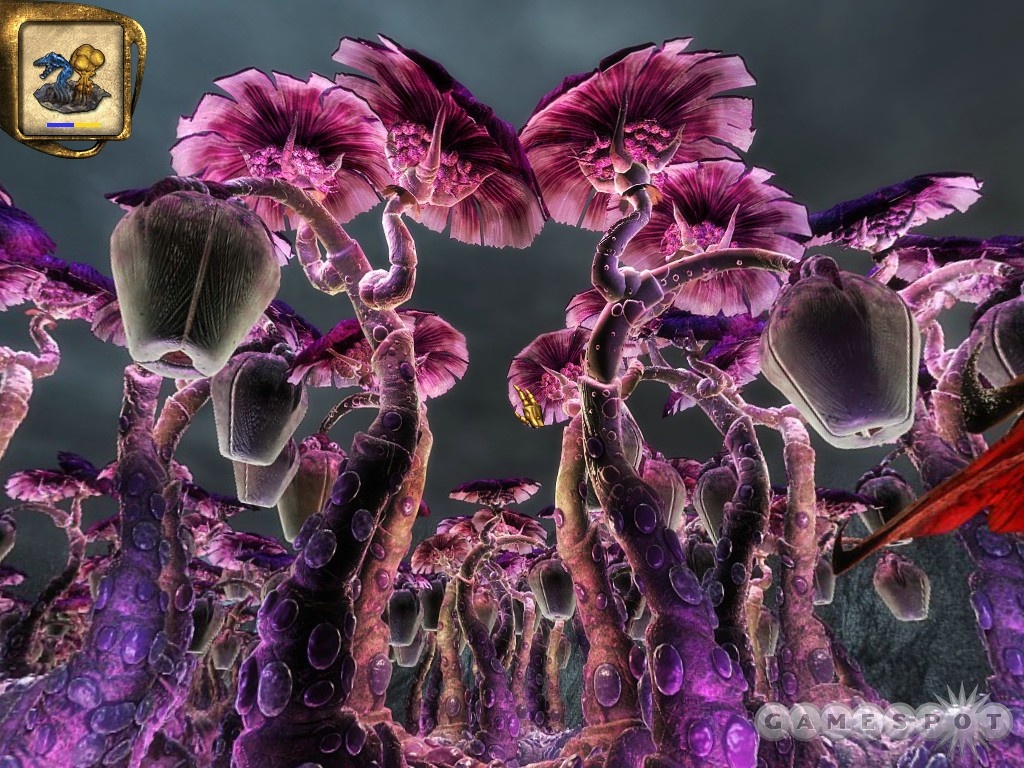Kheops Studio must have a thing for Jules Verne. Voyage: A Journey Beyond Reality is the second adventure based on a classic tale by the 19th-century novelist that the developer has released in less than a year. And just like last fall's Return to Mysterious Island, Voyage takes up where Verne left off, reimagining one of the author's now-legendary sci-fi epics. Unfortunately, Voyage does it much less successfully, reducing the French author's tale of a trip to the moon in 1865 to a series of clumsily arranged logic puzzles geared to try the patience of adventure-game veterans.

Where Return to Mysterious Island was written as a modern sequel to Verne's The Mysterious Island, Voyage is a revamped edition of Verne's From the Earth to the Moon and Round the Moon. The main difference between the game and the novels is that the space capsule fired from a big gun in Baltimore, Maryland, lands on the moon this time instead of simply orbiting it, and passenger Michel Ardan has a chance to get out and stretch his legs. Aside from an opening preamble in the capsule en route to La Lune, the entire game takes place in a lunar crater and the mountains that surround it, with Ardan exploring the ruins of an ancient alien race called the Selenites.
Ardan clocks a lot more time on the moon than Neil Armstrong ever did. Where Neil was satisfied with his one small step for mankind, the French adventurer leaps all over the lunar landscape and solves dozens of head-scratchers that test logic, memorization, and your tolerance for frustration. There isn't a whole lot of standard collecting and combining of objects here, which is good. But puzzles generally involve fairly complex mathematics or the memorization of color patterns, sounds, and pictographs called ideograms, which is bad. To open doors, for example, you need to figure out the system of dots and lines that the Selenites use for numbers. To scare off the Little Shop of Horrors rejects that pass for flora on the moon, you have to crossbreed other plants based on a formula provided by scanning cave walls and examining color patterns more closely than Martha Stewart does.
Immediate solutions are never available to problems, so you have to do a lot of exploring and a lot of backtracking to figure things out. You rarely encounter problems in the order in which they need to be solved, so a lot of them appear to be inscrutable at first glance, or solvable only by trial and error. Solutions often have to be repeated for no obvious reason, which lends tedium to the frustration. When you need to activate the pipe organ to summon the Selenite exiles, for instance, you need to solve the same problem in two locations to get water flowing. And when you play this pipe organ to unlock a door, not only do you have to memorize three different tunes à la Simon, but you also have to repeat entire songs from scratch if you mess up a single note. Too many moments like this cause Ardan's exploits to feel more like a rainy Sunday afternoon than a once-in-a-lifetime lunar expedition.
At times, anyway. Even though many of the puzzles cross the line into monotony due to repetition, both the surreal storyline and the character of Ardan perfectly mimic the whimsical, if a touch foppish, personality of 19th-century sci-fi. Even though Verne stopped well short of Luna in the original From the Earth to the Moon, Voyage really does seem like a tale that the French author could have penned.
A sense of wonder fills every pixel of the graphic design. The Selenites look nothing like stereotypical aliens, with elongated stalks for torsos that make them look more like walking shrubbery than the usual Close Encounters-inspired knockoffs. Brightly colored sentient plants and ancient ruins also dot the lunar landscape, further adding to the game's dreamlike personality. Audio isn't as flashy, though. Ardan's dialogue is somewhat lame and is occasionally recited flatly, and sound effects include failure blats more appropriate to a TV game show than a fantastic adventure. At least the music is appropriately spooky and understated, the perfect companion on such a strange trip.

Design innovations top up the immersiveness. While Kheops hasn't strayed far from the traditional "boots nailed to the floor, but you can swivel" point of view, Ardan can use the lunar gravity to leap from one scene to another. Also, some puzzles feature time limits, and there are arcade challenges in which you need to gather objects. None of these features add much to the game, however. Jumps are accomplished simply by clicking on a meter similar to those used in old golf games, and the arcade minigames involve easy tasks like clicking on floating globs of potassium hydroxide to collect them with a funnel before they mess up the inside of your space capsule.
But appealingly weird cinematography and inventive design quirks just aren't enough to compensate for Voyage's puzzle problems. Although the game is ostensibly about an expedition to the moon, it plays more like a static series of logic puzzles no different from those you can find in dozens of magazines on every newsstand.